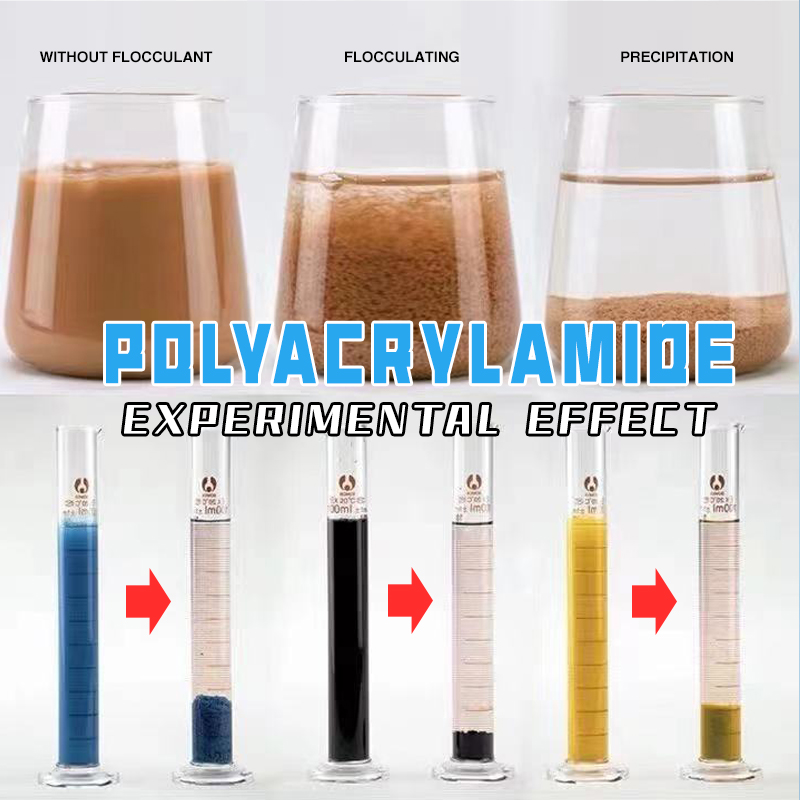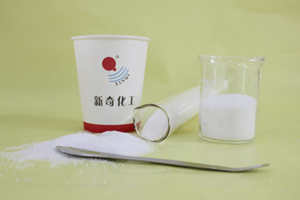Coagulation: The process of aggregating colloidal particles and tiny suspended solids in water by some method (such as adding chemical agents). Coagulation includes two processes: coagulation and flocculation. Coagulation mainly refers to the process of destabilizing colloids and generating tiny aggregates, and flocculation mainly refers to the process of destabilizing colloids or tiny suspended solids agglomerating into large floccules. Agents that can play a corresponding coagulation and flocculation role are collectively referred to as coagulants.
Common coagulants include polyaluminium chloride (PAC), ferrous sulfate, ferric chloride, polyacrylamide (PAM), etc.
The result of coagulation is affected by the composition of sewage pollutants, pH, water temperature and water flow, etc. Different coagulants are selected according to different situations. Generally, when the pH value is alkaline or weakly alkaline, the coagulation and precipitation effect is better.
pH (acid-base) neutralization: also known as pH adjustment, refers to the addition of a certain pH adjuster to the sewage solution in order to achieve the desired pH value. Common pH adjusters include quicklime (calcium hydroxide), flake caustic soda (sodium hydroxide), various strong acids and citric acid.


